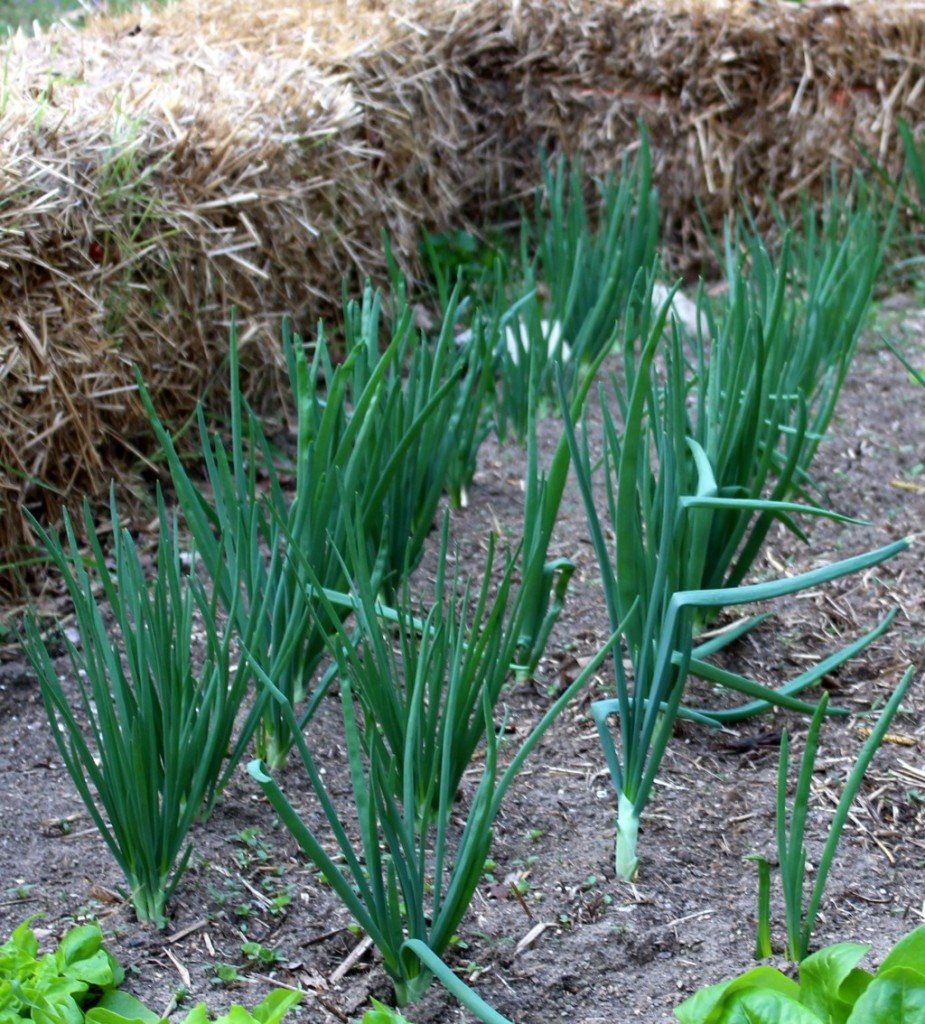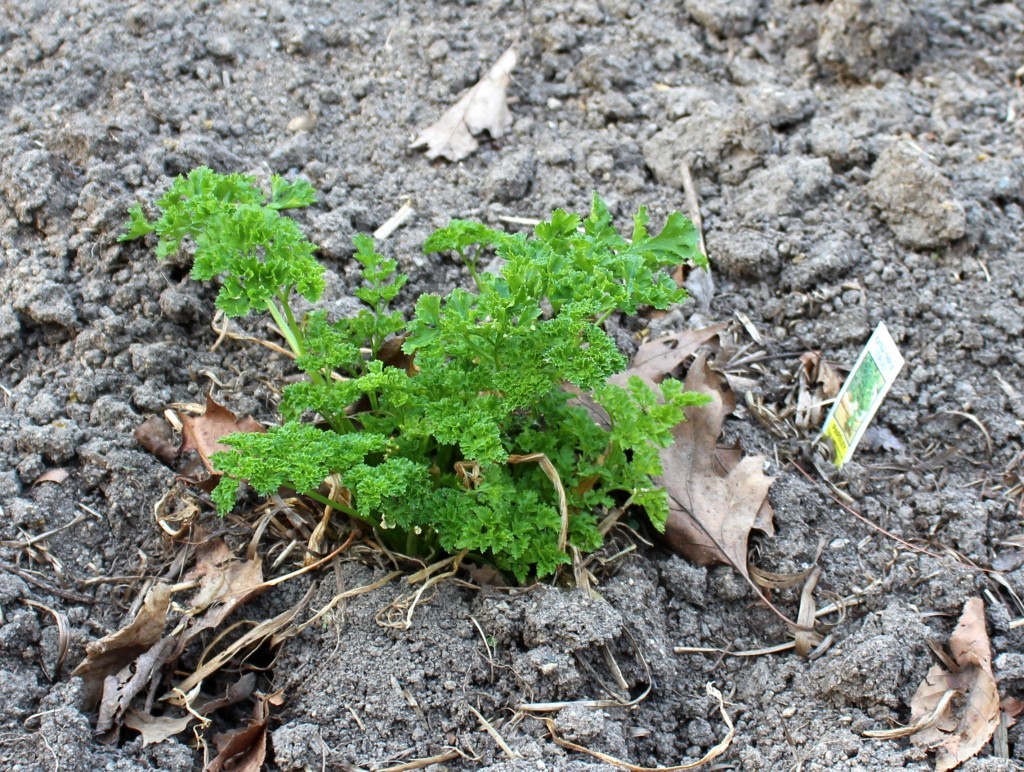We love to use onions in most dishes we cook and we even use them in fresh salads, so there are always onions in the pantry, garage or refrigerator.

Last Autumn we harvested onions from the garden. Once the onions were apparently dry the tops were cut back to a couple of inches in length and allowed to dry some more.
The onions were placed in cardboard boxes in layers. In between each layer a couple of sheets of newspaper prevented the onions from touching each other as much as possible. When they touch, that’s were a rot can start.
Some of the onions never did dry out and instead they rotted. As the cold months went on a few onions were disposed of that started to go to mush. Many others were eaten.
Make sure the boxes for storing onions have lids so the onions can be kept in the dark. Storing onions in the dark will prevent sprouting until early Spring. Layering the onions with newspaper might help to keep them in a hibernated state as long as possible.
Once Spring did arrive the onions in the pantry started sprouting, so we planted them in the garden. See the photo above? The onions are really growing great. It feels like we’re recycling the onions in a way or maybe reusing them.
I like to snip off a green shoot or two and chop them up for salads or sandwiches.
When clipping off some greentails to eat, don’t take too many leaves from one plant because these long, green onion leaves will feed the plant and help to grow the onion bulbs that we could eat in a few months time.
